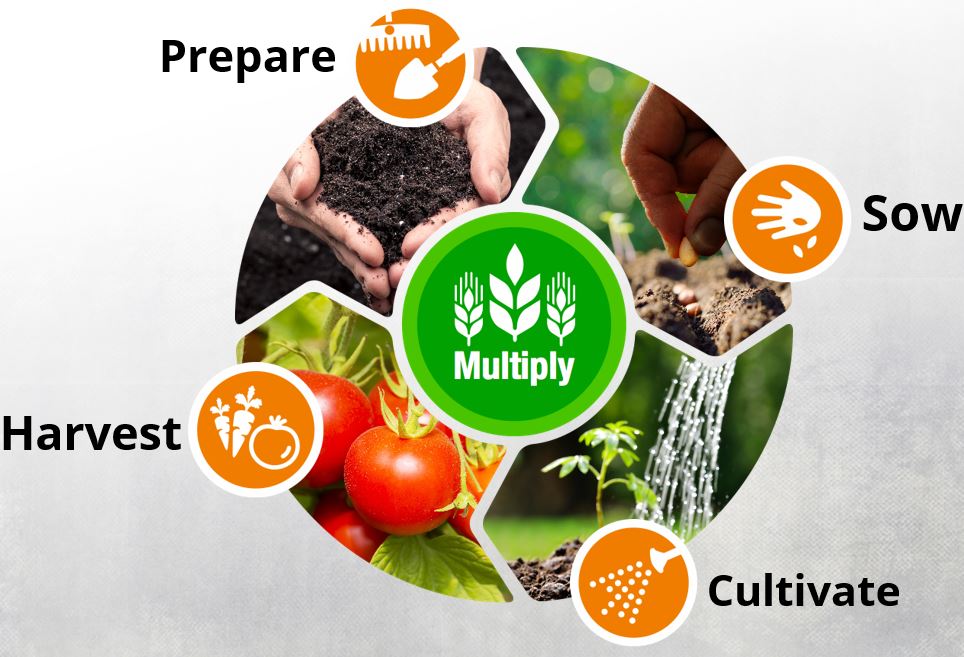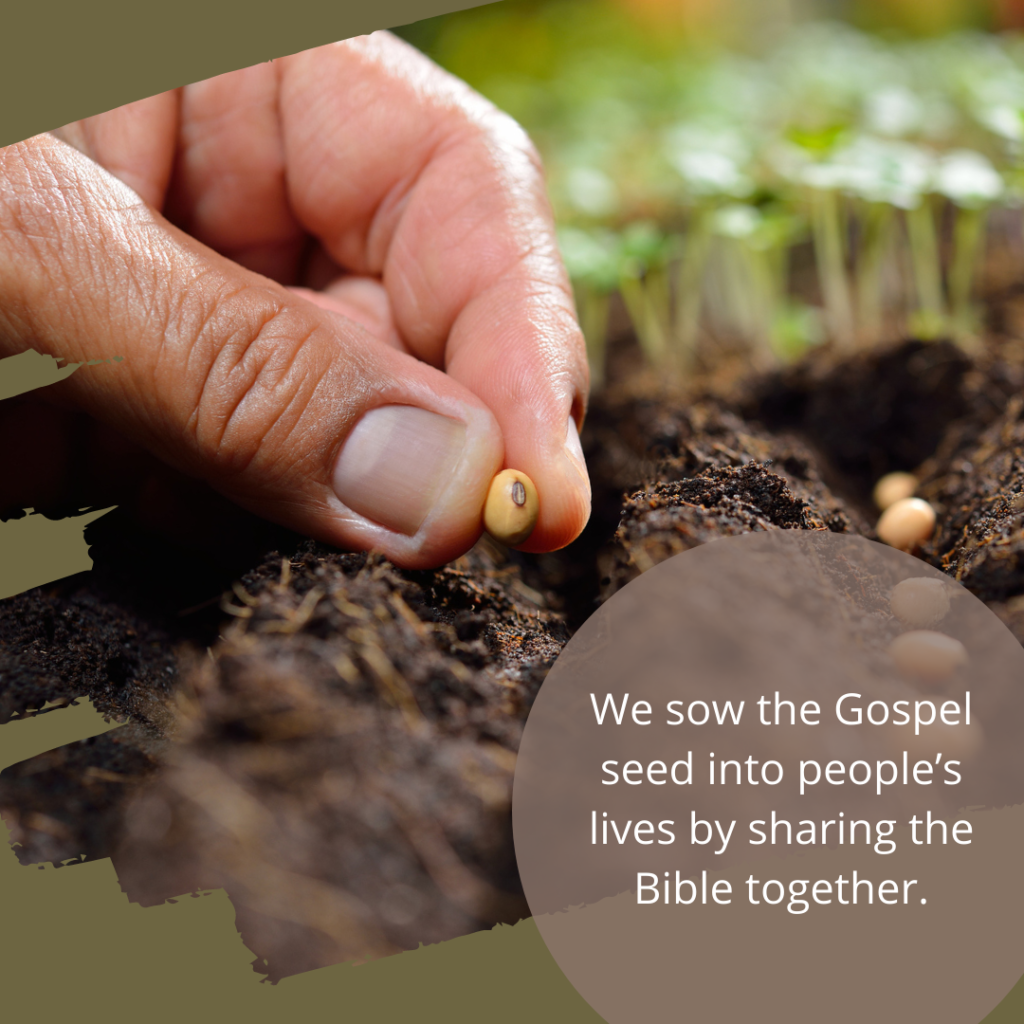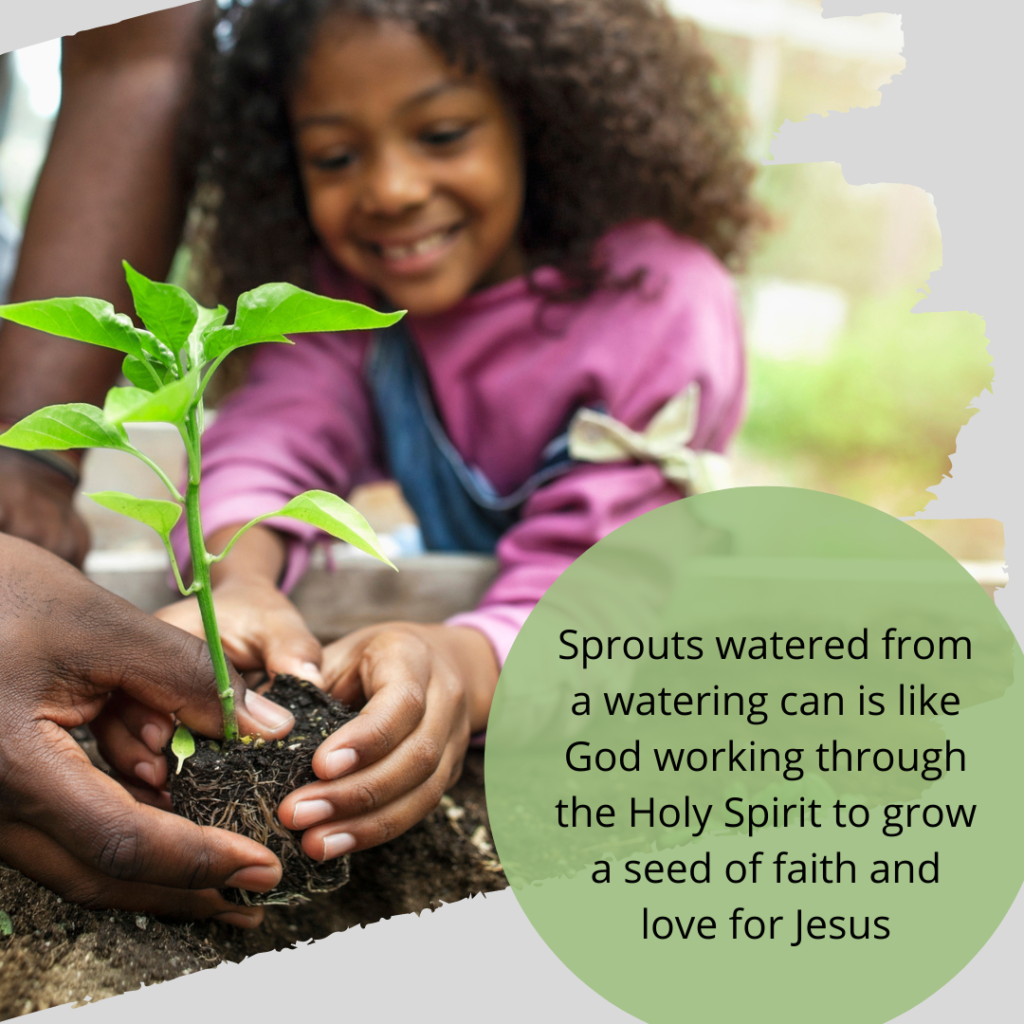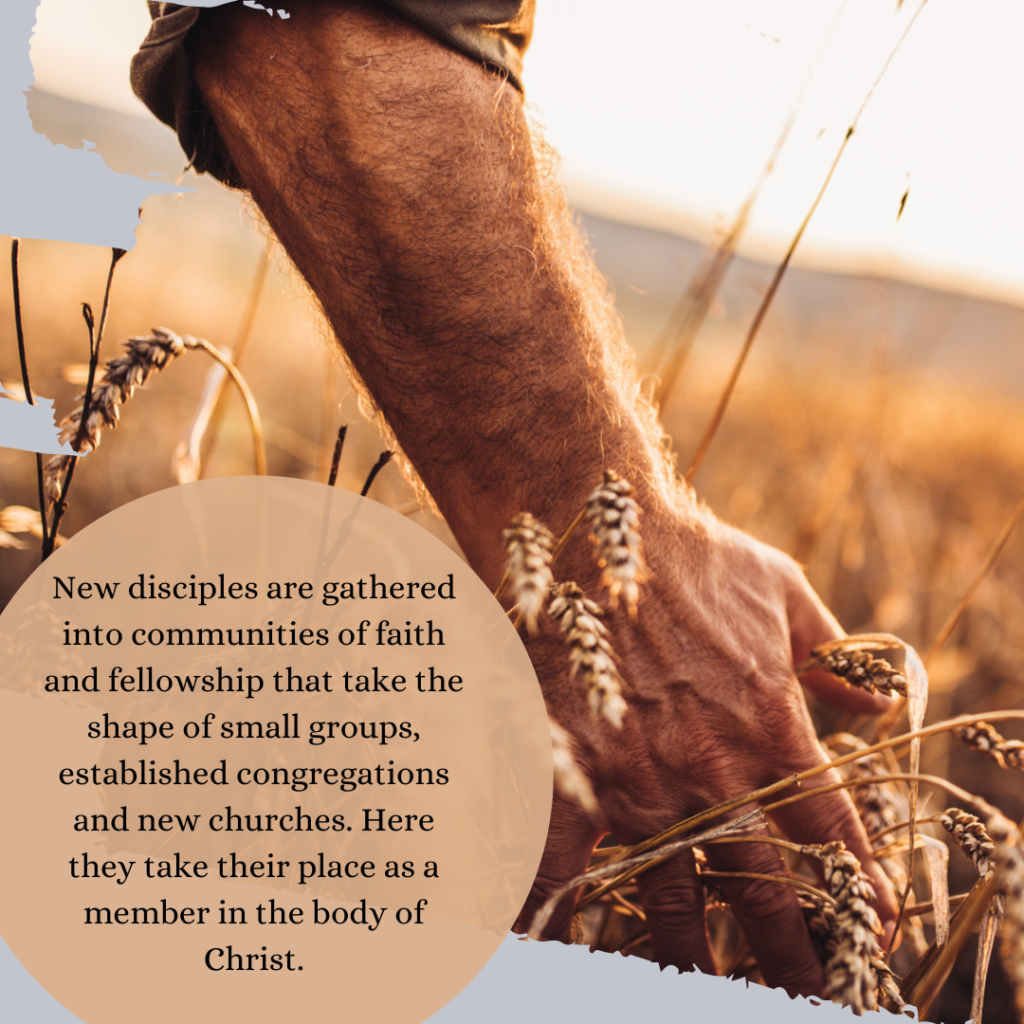The Harvest Model
Jesus’ model for making disciples and starting a multiplying movement.
Parable of the Growing Seed
In the Parable of the Growing Seed Mark 4:26–29, Jesus gives us his model for multiplying disciples, planting churches and building movements of Kingdom living. The story is about a farmer sowing seeds in a field and their spontaneous growth and subsequent harvest.
The story describes a context for ministry (the field), the activity of the disciple (the farmer), the gospel message (the seed), the activity of God (spontaneous growth), and the outcome (harvest).
The principles of Jesus’ short story are exemplified in his ministry as he shows his disciples the nature of his Kingdom movement and mission. As a simple model for us to follow it looks something like this:
- Prepare the Soil
- Sow the Seed
- Cultivate the Plant
- Harvest the Crop
As we continue to examine Jesus’ teaching and ministry we see the centrality of prayer as the foundation for all ministry and mission. We also see the way in which the harvest was multiplied leading to the spread of his message and the growth of the Kingdom. Our model adds these two elements and the methods of Jesus to look like this:
- Prayer
- Connect to Prepare the Soil
- Sow the Seed of the Gospel
- Grow or Cultivate the Plant
- Gather or Harvest the Crop
- Multiply the Harvest.
- Pray
As a discipline, he took quiet times away from the busyness of life and his ministry to spend time with his Father in heaven. This time spent in private devotion and communion with God ensured that Jesus was aligned with his Father’s priorities and submitted to his sovereign will. He was thus able to fulfill his responsibility for all that had been entrusted to him.
Jesus taught his disciples to pray for the Kingdom of God (Matthew 6:9-11, Luke 11:2-4).
In Luke 10:1-4 Jesus tells his disciples that the harvest of people to be gathered into his Kingdom exceeds the available workforce. Our work as disciples begins with prayer, trust and dependence upon God. Jesus tells us that “The harvest truly is great, but the labourers are few; therefore pray the Lord of the harvest to send out labourers into His harvest” (verse 2). In the next verse, he tells them to “Go” and sends them out. Each and every follower of Jesus has a part to play in the harvest.
Prayer leads to action. Contemplation of the coming Kingdom leads us to be active participants in the present Kingdom. An active personal spiritual life including prayer, devotional Bible reading, meditation, quiet times and fasting are important aspects of discipleship. Our collective spiritual life is also important. This includes the disciplines of confession and accountability, community fellowship, feasting or breaking bread together, hearing God’s word taught, corporate worship and prayer.
2. Prepare the Soil
Jesus’ model is essentially relational.
- He connected with “people of peace” who were receptive to his message and ministry.
- He ate with them. This is an opportunity for us to hear their story.
- He healed them. This is an opportunity for us to share our story and minister to their needs in practical ways. Our service to them may minister to their physical, emotional, psycho-social, relational, mental needs. See Adventist Health Ministries.
- He pointed them to God. This is the opportunity to share God’s story of hope and salvation. The best way to do this is by sharing our own story of what God has done in our life. See Personal Ministries.
Making disciples, developing leaders, ministering to people’s needs, and influencing others are all activities that happen in the context of personal relationships. Healthy relationships are vital in the home and church because they are the context in which disciples are made.
3. Sow the Seed
We sow the Gospel seed into people’s lives by sharing the Bible together.
In so doing we plant seeds of curiosity, hope, inquiry, or conviction that can grow into faith in Jesus. Discovery Bible reading is an effective way to introduce people to Jesus, share the Good News about the Kingdom and allow the Holy Spirit to work on a person’s heart.
To become a disciple a person must meet Jesus in the pages of Scripture. His life and teachings are the heart of the Christian life.
4. Cultivate the Plant
Sprouts watered from a watering can is like God working through the Holy Spirit to grow a seed of faith and love for Jesus
The Holy Spirit works in our hearts and mind to make room for the Kingdom of God within. By following the example and teaching of Jesus a disciple becomes more like him. As a person’s relationship with Jesus grows, their attitudes, priorities and character increasingly more like his. The Bible challenges their worldview, attitudes and loyalties. It expands their understanding of God and the truth found in his Word.
Cultivation involves accepting the “hard” teachings of Jesus and experiencing more than superficial transformation. In John 15 Jesus says he is like a grapevine and his Father is the gardener. Being a disciple is like being connected to him and producing fruit. John 15:2 says that part of that process involves cutting off unfruitful branches and pruning the fruitful ones so they produce more fruit. Cultivation can be painful, it is seasonal and lifelong.
5. Harvest the Crop
New disciples are gathered into communities of faith and fellowship.
This step involves leading people to decisions of commitment. New disciples are gathered into communities of faith and fellowship. These take the shape of small groups, established congregations and new churches. Here they take their place as a member in the body of Christ.
In every harvest of fruit or grain, there are seeds. The purpose of those seeds is to be replanted so the cycle can continue. Churches decline and movements stagnate when the cycle stops here. Likewise, passionate new disciples can become passive spectators if they are simply gathered into the store house. Newly committed disciples need to take their place as disciple-makers to multiply the harvest.
6. Multiply the Harvest
The harvest is multiplied as new disciples become disciple makers, followers become leaders, leaders become mentors, newly gathered churches become missionary senders, and small groups become outreach focused. See Mark 4:8, 20.
As this reproduction happens the growth of the movement becomes exponential. Our view of and participation in the harvest spreads from a local focus to a national outlook to a global vision. The influence and reach of the Kingdom spread geographically and socially to reach new people groups, subcultures, social classes and languages. The church is gathered and then sent.









